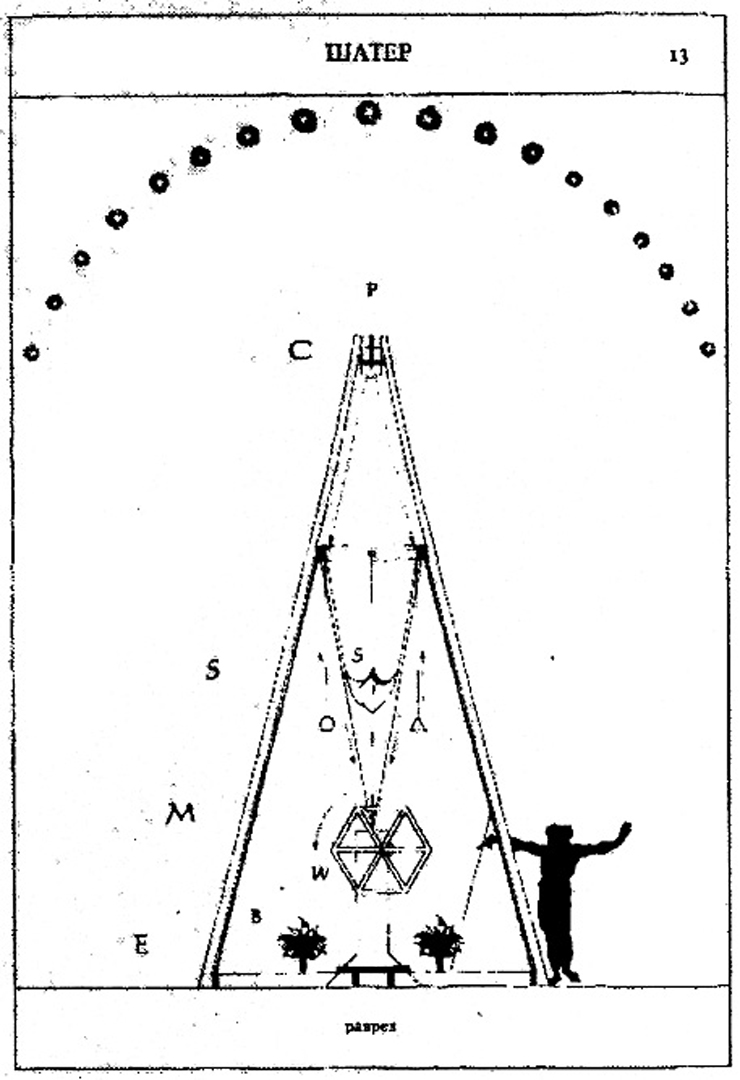Conversion
Symposium:
- ISEA94: Fifth International Symposium on Electronic Art
-
More presentations from ISEA94:


Session Title:
- East & West (High & Low)
Presentation Title:
- Conversion
Presenter(s):
Abstract:
Curator Statement
Russian media artists working with military technology. A show curated by Marat Guelman, Guelman Gallery, Moscow.
The program of conversion was initiated at the dawn of Perstroika. It stemmed from the belief that it was possible to modernize the Soviet Union without taking any radical economic steps. The passion for ideological stereotypes which were a far cry from reality became fully evident when the idea of conversion popped up. The populist ideas of how economic problems could be expected to be easily solved through conversion, using conversion as an argument in international politics, the break-up between its advocates and opponents from the public and, finally, the collapse of the program are all symptoms signaling a new Great Utopia.
In Russia, a peculiar relationship between art and new technology has always been predominant: think only of Levsha, the left-handed smith of Russian folklore, who knew how to shoe a flea, but with the help of technology that was primitive indeed. The technical innovations were regarded as follies, something one really did not believe in. For a long time, the theory of N. Wiener was looked upon as a bourgeois pseudo-science; which is why the concept of new technology had an overtone of idealist philosophy. Even in the 70’s, a normal audio magnetophone was considered dissident. The possibility of manipulating information with technology was the privilege of the State. The only official centra for new technology were provided by corporations of the military complex. This is why “Conversion” became synonymous for the “Eastern way” as opposed to the “Western way”.
Nikita Gashunin’s work “Global Ambitions”, a sculpture filled with electronics and microprocessors, symbolizing a technical miracle put together from debris in the backyard. The moving sculpture reminds us of the phenomenal gift of the Russians to turn unusual the
commonplace. The works of Savadov & Senchenko unite the two directions of Conversion: to recycle Army property and to exploit the technology developed in the military factories. As stated above, information technology was considered a medium only for propaganda, oppression, and conceit. Gia Rigvava’s works “You can trust me” and “You are powerless” start from this notion. “You can trust me” uses the genre of the”talking head”, sublimating the characters of massmedia: Jesus, Terminator, Gorbachev. The relation of man and technology is revealed in the work of the AES Group (Tatjana Arzamasova, Lef Evzovich, Yevgeni Svjatskin). The work demonstrates the impossibility of organically uniting man with technology: a tank, whose body has been dissected with the aid of a computer, is being reclad into human skin.





